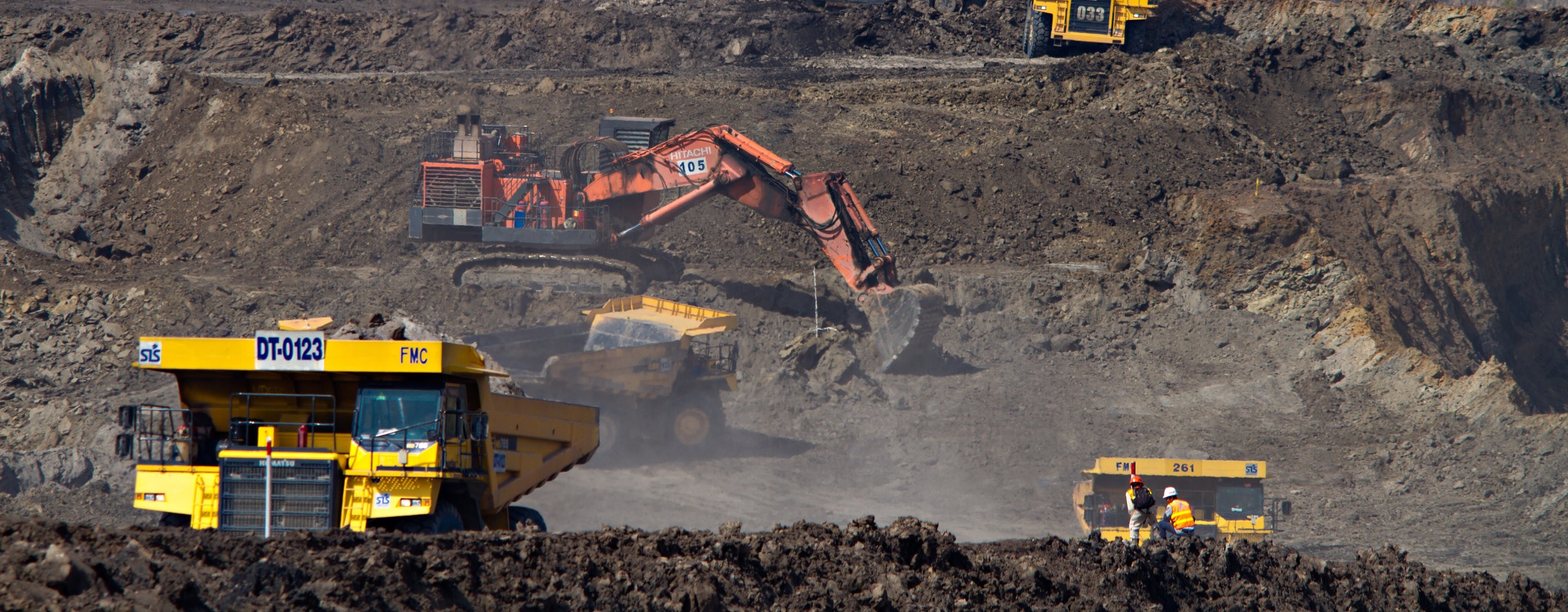Programvaruhandledning
MINEDW Tutorial (Part 2: Visualization Options)
In this tutorial we will explore all the visualization components that MINEDW has to offer, and all the options available to the user to visualize the model's components and properties.
Plotting 3D Isosurfaces
This tutorial demonstrates how you can add isosurfaces to your 3D Itasca model plots.
Homogeneous Embankment Dam Analysis (Part 1 of 3)
This FLAC 8.1 tutorial demonstrates how to establish the stresses in the dry embankment prior to the formation of the upstream reservoir.
Artiklar och presentationer
Caving in the Fabian Orebody —from Mining Stope to Cave Crater in Malmberget
The Fabian orebody is a non-daylighting iron orebody in the LKAB Malmberget Mine in northern Sweden. During 2010, a prognosis of the cave development in the Fabian area was developed, based on compilation and analysis of all available material. In March 2012, a new cave crater formed on the ground surface above the Fabian orebody, similar to what was predicted. The prognosis is compared with observations of the caving and the differences and implications quantified. A program for continued monitoring of mining-induced deformation in Malmberget is also described and a criterion for allowable mining-induced surface deformations is proposed.
Numerical modelling and seismicity at the Kiirunavaara Mine
What’s happening at the Kiirunavaara Mine?
On the Density Variability of Poissonian Discrete Fracture Networks, with application to power-law fracture size distributions
This paper presents analytical solutions to estimate at any scale the fracture density variability associated to stochastic Discrete Fracture Networks. These analytical solutions are based upon the assumption that each fracture in the network is an independent event. Analytical solutions are developed for any kind of fracture density indicators.
